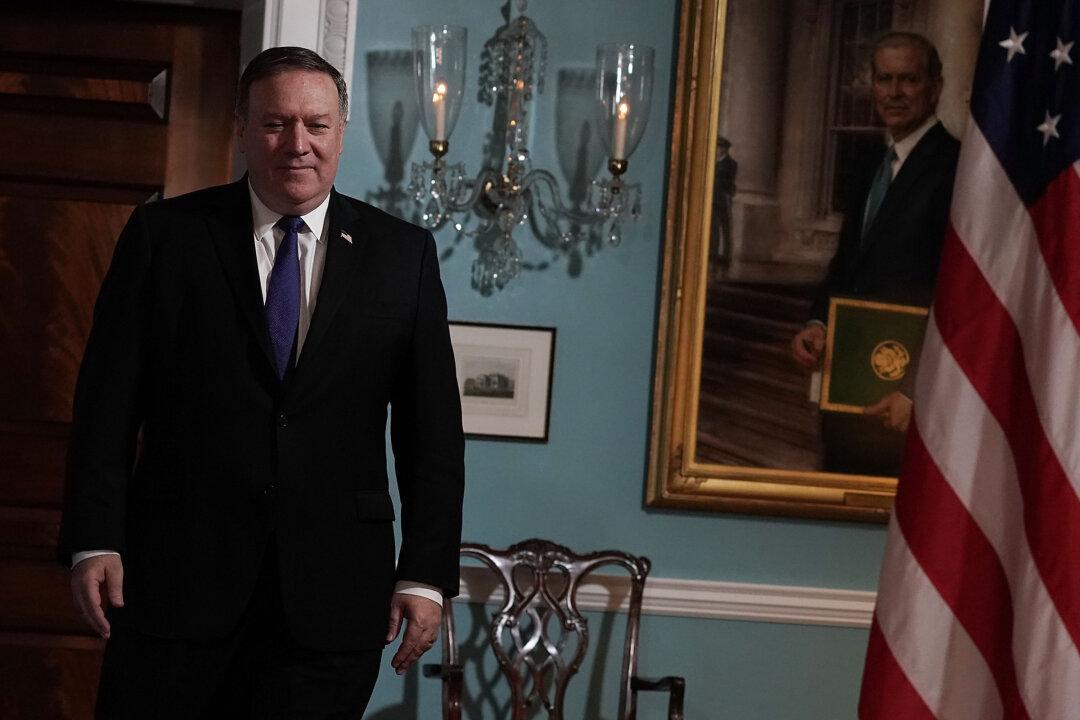Secretary of State Mike Pompeo met with Turkish Foreign Minister Mevlut Cavusoglu in Washington on June 4 and worked to end a dispute over the presence of Kurdish People’s Protection Units (YPG) troops in Syria.
Just after the meeting, on June 5, the YPG released a statement agreeing to withdraw its remaining forces, and claiming its fighters had already left in November 2016, except for military advisers working with the Manbij Military Council.





